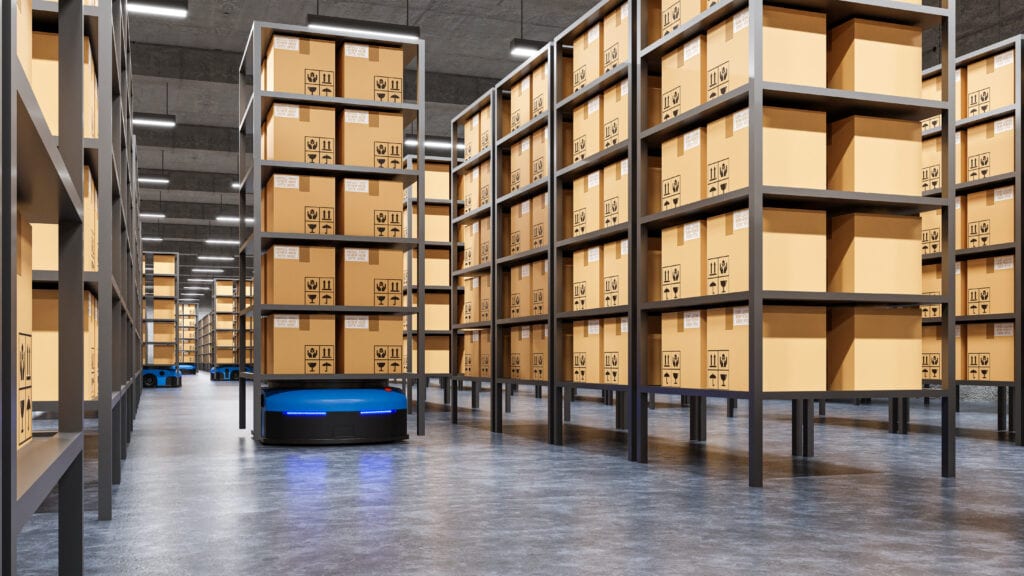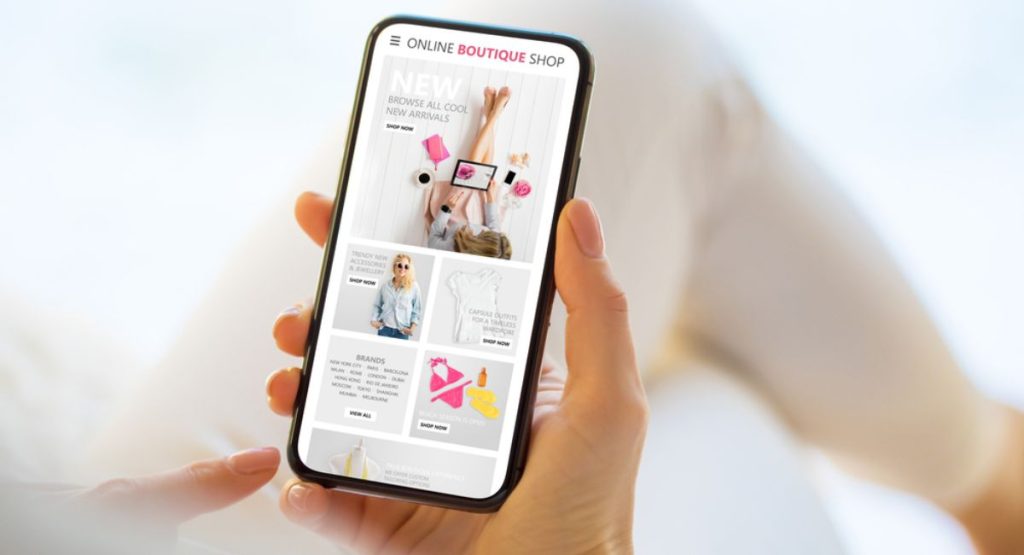Building a successful dropshipping business isn’t about luck or overnight success—it’s about strategy, patience, and doing the work most people skip. Too many jump into this model expecting quick riches, only to burn out within months. But when done right, dropshipping can evolve into a sustainable, scalable business that generates real income and even lifestyle freedom. The difference between failure and long-term success often comes down to three things: product selection, customer experience, and operational discipline.
Let’s talk about what it really takes to run a dropshipping business that lasts—without the hype, without the fluff.
Start with the Right Product, Not the Hottest Trend
One of the biggest mistakes new entrepreneurs make is chasing viral products they see on TikTok or Instagram. A phone grip that folds into a stand or a self-stirring mug might get millions of views, but by the time you notice it, the market is already saturated. Competitors are slashing prices, shipping from the same suppliers, and customers are getting flooded with near-identical ads. You’re not innovating—you’re competing in a race to the bottom.
Instead of chasing trends, focus on solving a problem. Look for products that meet these criteria:
- Solves a clear pain point (e.g., a cord organizer for home offices, a cooling insole for people with sweaty feet).
- Has room for branding (you’re not just selling a generic item; you’re adding value through packaging, messaging, or bundling).
- Priced between $25 and $75 (high enough margin to advertise profitably, low enough for impulse buys).
- Lightweight and easy to ship (avoid bulky, fragile, or regulated items like batteries or liquids).
- Not easily available on Amazon (if someone can buy it in two clicks with Prime shipping, you’re fighting an uphill battle).
Take pet products, for example. A slow-feeder bowl for dogs isn’t flashy, but it addresses a real concern—pet owners worried about their dogs eating too fast. It’s not sold everywhere, has emotional appeal, and can be marketed with storytelling. That’s a far better starting point than another LED face mask.

You can buy a high-quality slow feeder dog bowl to test the market or even reverse-engineer customer pain points by studying reviews. See what people complain about in existing products—maybe the bowl is too shallow, or the ridges break. That’s your opportunity to improve and differentiate.
Know Your Supplier Like You Know Your Co-Founder
In dropshipping, your supplier is your operations team. Their reliability affects every part of your business: delivery times, packaging quality, return processing, and customer satisfaction. Too many store owners treat suppliers like interchangeable cogs, hopping from one AliExpress vendor to another based on price. That’s a recipe for inconsistent quality and shipping delays.
Instead, treat supplier relationships like partnerships. Spend time vetting them:
- Order samples. Always.
- Test shipping times to your target country.
- Check if they offer branded packaging or custom inserts.
- Ask about return policies and defective item handling.
Platforms like Spocket, Syncee, or Zendrop connect you with vetted suppliers, often based in the US, EU, or Mexico, which means faster shipping and better quality control. While they may cost slightly more per unit, the trade-off in customer trust and lower refund rates is worth it.
For example, Spocket offers US-based suppliers with 2–5 day processing times and allows you to set your own markup. You’re not just reselling—you’re curating. That changes how customers perceive your brand.

And if you’re serious about scaling, consider reaching out to manufacturers directly on Alibaba once you’ve validated demand. Ordering in small batches (say, 100 units) gives you control over inventory, quality, and branding. You’re not technically dropshipping anymore—you’re hybridizing the model, which many successful brands do after the initial testing phase.
Build a Brand, Not Just a Store
The most common misconception about dropshipping is that it’s just about putting up a Shopify store and running Facebook ads. That approach might generate a few sales, but it won’t build anything lasting. Customers don’t remember your product—they remember how you made them feel.
Think about it: Why do people pay $30 for a plain black T-shirt from one brand but skip another at $15? It’s not the fabric. It’s the story, the values, the visuals.
Your brand is the sum of every interaction a customer has with your business. From the moment they see your ad to the unboxing experience, every touchpoint should feel intentional.
Start by defining your brand’s voice. Are you playful? Minimalist? Empowering? A brand like Dollar Shave Club didn’t win on product alone—they won with personality. Their launch video was funny, relatable, and cut through the noise of overpriced razors.
Now, apply that thinking to your niche. If you’re selling ergonomic desk accessories, your tone could be practical and solution-oriented. Use real-life scenarios in your marketing: “Tired of wrist pain after hours at your desk? Meet the stand that keeps your screen at eye level—no tools, no hassle.”
Visuals matter just as much. Use high-quality lifestyle images, not just white-background product shots. Show the product in use. If you’re selling a posture corrector, don’t just show the device—show someone smiling at their laptop, back straight, feeling confident.
And don’t forget the unboxing. Most dropshipped orders arrive in plain poly bags with Chinese invoices stapled to the side. That’s a missed opportunity.
For a small fee, many suppliers will include custom thank-you cards, branded tissue paper, or even free samples of related products. These small touches make customers feel valued—and more likely to leave a review or come back.

You can buy customizable thank-you cards and packaging inserts to personalize your orders without needing to hold inventory. It’s a small cost that pays off in customer loyalty.
Master the Art of Customer Experience
In traditional retail, customer service is a cost center. In dropshipping, it’s your competitive advantage. Since you don’t control shipping directly, problems will happen—delays, lost packages, incorrect items. How you handle those moments determines whether a customer becomes a one-time buyer or a lifelong fan.
Start by setting clear expectations. Don’t promise “7-day delivery” if your supplier takes 10–15 days to ship. Be honest in your product descriptions: “Ships from our EU warehouse within 3 business days. Delivery typically takes 7–12 days.”
Transparency builds trust. When a customer sees a delay, they’re less likely to panic if they were told it might happen.
Use automated email sequences to keep customers informed. Tools like Klaviyo or Omnisend let you send:
- Order confirmation emails
- Shipping notifications with tracking
- Delivery confirmation
- Post-purchase follow-ups asking for reviews
These emails aren’t just functional—they’re marketing opportunities. A well-timed “How’s your new yoga mat working out?” message can inspire a five-star review or even a repeat purchase.
And when things go wrong? Respond fast. Have a clear return and refund policy. Offer replacements or partial refunds before the customer asks. Most people don’t want to return a product—they just want to feel heard.
One entrepreneur I know runs a dropshipping store for eco-friendly kitchenware. When a customer complained that their bamboo cutlery set arrived with a cracked spoon, he sent a replacement and a $5 gift card with a handwritten apology. The customer posted about the experience on Instagram—and tagged the brand. That single interaction generated more free marketing than a week of ads.
Optimize Your Funnel, Not Just Your Ads
Running Facebook or TikTok ads is just one piece of the puzzle. What matters more is what happens after the click.
Most dropshippers focus all their energy on getting traffic, but neglect the conversion rate of their store. They’ll spend $1,000 on ads and get 10 sales—not because the product is bad, but because the website doesn’t convince visitors to buy.
Your store needs to answer three questions instantly:
- What do you sell? (Clear headline and hero image)
- Why should I care? (Benefits, not features)
- Can I trust you? (Reviews, security badges, return policy)
A strong product page includes:
- High-quality images and videos (show the product from multiple angles)
- A short, benefit-driven description (e.g., “No more tangled cords—keep your desk clutter-free in seconds”)
- Social proof (real customer reviews, UGC photos)
- Urgency without being pushy (“Only 3 left in stock” or “Free shipping ends tonight”)
And don’t forget mobile. Over 70% of Shopify store traffic comes from mobile devices. If your site loads slowly or the “Add to Cart” button is hard to tap, you’re losing sales.
Use tools like Google PageSpeed Insights to test your site’s performance. A one-second delay in load time can reduce conversions by 7%. That’s not a typo.

Also, consider adding a post-purchase upsell. After a customer buys a phone grip, offer a matching screen cleaner for $5 more. Apps like Zipify or ReConvert make this easy to set up. One store I worked with increased average order value by 32% just by adding a single upsell offer.
Think Long-Term: Profitability Over Hype
Here’s the uncomfortable truth: most dropshipping stores lose money in the first 3–6 months. Ads are expensive, refunds happen, and learning curves are steep. If you’re not prepared to invest time and capital without immediate returns, this model isn’t for you.
But if you treat it like a real business—not a side hustle to flip quickly—you can build something meaningful.
Start small. Test one product at a time. Run $20/day ad campaigns to gauge interest. If you get a few sales and positive feedback, scale slowly. Reinvest profits into better creatives, email marketing, and customer acquisition.
Track your numbers religiously. Know your:
- Customer Acquisition Cost (CAC)
- Average Order Value (AOV)
- Refund and return rate
- Lifetime Value (LTV) of a customer
If your CAC is $30 and your AOV is $45, you’re in dangerous territory. You need either higher prices, better conversion rates, or repeat purchases to make it work.
One way to improve LTV is with email marketing. Collect emails from day one. Offer a 10% discount for signing up. Then, nurture that list with value: tips, behind-the-scenes content, exclusive offers.
A customer who buys once is good. A customer who buys three times is profitable.
Diversify Your Traffic Sources
Relying solely on Facebook or TikTok ads is risky. Platforms change algorithms, ad costs rise, and accounts get banned—sometimes without warning. Smart operators diversify.
Start building an organic presence early. Post on Instagram, TikTok, or Pinterest showing your product in action. Collaborate with micro-influencers (1K–50K followers) in your niche. They’re more affordable and often have higher engagement than big names.
One store selling resistance bands partnered with fitness coaches on Instagram. Instead of paying for ads, they sent free bands in exchange for workout videos. The result? Hundreds of authentic UGC posts and a steady stream of traffic from tagged accounts.
You can find and manage micro-influencers using platforms like Upfluence or AspireIQ, or start manually by searching hashtags in your niche.
Also, consider content marketing. Start a blog or YouTube channel around your niche. If you sell camping gear, create videos like “5 Must-Have Items for Solo Campers” or “How to Pack Light for a Weekend Hike.” Over time, this builds trust and drives free, targeted traffic.
Know When to Pivot—or Walk Away
Not every product will work. That’s normal. The key is to fail fast and learn faster.
Set clear KPIs for your test phase: “If I don’t get 5 sales in 7 days with a $100 ad spend, I’ll pause and try a new product.”
Don’t fall for the sunk cost fallacy. Just because you spent $500 on ads doesn’t mean you should keep pouring money into a losing product. Cut your losses and apply what you’ve learned.
And if after 6–12 months you’re still struggling to turn a profit despite consistent effort, it might be time to reassess. Maybe the model isn’t right for your goals. Maybe you’d do better with print-on-demand, affiliate marketing, or a service-based business.
There’s no shame in that. Entrepreneurship is about finding what works for you, not chasing someone else’s blueprint.
The Real Secret? Consistency
No tool, course, or software will replace the value of showing up every day. Responding to customer emails. Tweaking ad copy. Analyzing data. Testing new products.
The people who succeed in dropshipping aren’t the ones with the flashiest stores or the biggest ad budgets. They’re the ones who stay in the game long enough to get it right.
They learn from refunds. They listen to customer feedback. They reinvest profits wisely. And they treat their business like a craft—not a shortcut.
If you’re just starting, don’t compare your Chapter 1 to someone else’s Chapter 20. Focus on the next right step: finding a product you believe in, building a clean store, running a small test, and learning from the results.
Success in dropshipping isn’t about doing something revolutionary. It’s about doing the fundamentals—right, consistently, with care.
And that’s something anyone can learn.
If you’re ready to take the next step, consider investing in a reliable laptop to manage your store, ads, and customer communications. A fast, durable machine can make a big difference in your daily workflow. You can buy a professional programming and e-commerce laptop that handles multiple browser tabs, design tools, and video editing without slowing down.
For those in Nigeria looking for local support and tech accessories, you can also explore laptops and business tools on Konga to get started without international shipping delays.







